Message from the CEO of the DEC - Haiti Earthquake Appeal
Brendan Gormley, Chief Executive, Disasters Emergency Committee
February 26th 2010
It is difficult to overstate the scale of destruction in Haiti following the January 12th earthquake.the 7.0 magnitude quake that struck close to the capital Port au Prince at 16.53 local time was the worst to hit the country in 200 years. It may have been the most destructive natural disaster in modern times, when viewed in relation to the size of Haiti’s population and its economy.
Up to three million people were living in the worst hit area. The latest estimates from the Haitian government are that 230,000 people may have been killed although President Rene Preval has said that this figure could reach 300,000 once all bodies have been recovered from the wreckage.
Another 300,000 people were injured and 1.2 million left needing emergency shelter. People lost family, homes, livelihoods and essential services. Thousands of families, including parents and children, were separated. Hospitals and clinics were destroyed.
Huge logistical challenges faced the international relief effort in the immediate aftermath of the quake. These included the sheer scale of the disaster, with aid urgently needed for millions of people sheltering in a shattered city.
But the earthquake also wrecked Haiti’s already fragile infrastructure. There was extensive damage to roads, Port au Prince seaport and the single runway airport, including the collapse of the airport control tower. Staff members in the Haitian Government, the United Nations (UN) and aid agencies already working in the country were killed, injured or lost family members. Communications and power were lost.
Emergency relief
Despite the terrible conditions, emergency relief has steadily got through. Early on, for example, with the airport and seaport damaged, many DEC aid agencies made progress by using over-land convoys from the Dominican Republic.
Food, clean water and medical care have increasingly reached survivors, although huge numbers are still living in wretched conditions.
The DEC’s member aid agencies have played an important role in delivering emergency relief including in the delivery of food aid through the UN World Food Programme which has now reached over 3.4 million people and in helping to establish 59 hospitals in Port au Prince.
They have delivered huge quantities of essential items including hygiene kits, blankets and tarpaulins as well as working with vulnerable groups like pregnant women, children and the elderly.
Shelter before the rains
But there is absolutely no room for complacency. Hundreds of thousands are still sleeping outside, often in awful conditions, or in over-crowded informal camps.
Robust emergency shelter to protect people during the rainy season, which is likely to arrive in earnest in April or May only to be followed by the hurricane season, is a priority. The goal for aid agencies is simple: “shelter before the rains”.
Tarpaulins and plastic sheeting are one answer to the need for temporary shelter – partly because they can be adapted for emergency shelter and for more durable temporary shelter, and also because there is a worldwide shortage of appropriate tropical tents. Normal tents are unsuitable in Haiti’s climate.
Risk of disease
Another serious risk is the outbreak of disease and epidemics. Water and sanitation systems were seriously damaged by the earthquake and need to be addressed as a priority.
The DEC agencies have been working to distribute hygiene kits to help ensure people are not forced to drink dirty water, and establish hygienic latrines to prevent human sewage from contaminating water sources.
So far 2,600 emergency latrines have been provided but thousands more are needed.
Building back better
We need to remember too that although the earthquake lasted for just over half a minute, the aid effort is likely to continue for years.
As we announced on January 28th, the remarkable and generous response of the British public gave our members the resources to fund the first phase of immediate emergency relief and also means that we will be able to fund longer-term rebuilding in Haiti.
Homes, schools, health clinics and essential services such as water and sewerage must all be replaced or provided. Again, the challenges will be huge. Economists estimate that rebuilding Haiti will cost between $8 billion and $14 billion.
Haiti is the poorest country in the western hemisphere and a disaster like this always has a greater impact in a poor country than a rich one. This is partly because of the infrastructure and the quality of construction of buildings; houses in Haiti simply could not withstand the January 12th earthquake, which is why so many people were affected and made homeless.
As we learned after the Indian Ocean tsunami in 2004, permanent rebuilding work, although urgent, must not be rushed. We need to work with and listen to the Haitian people. We need to ensure that homes are designed and constructed to be earthquake and hurricane resistant, sited in suitable locations to reduce risk from flooding and landslides, and adequately supplied by services such as sewerage and water.
The DEC agencies will be able to draw on their experience of building more than 20,000 high-quality, earthquake resistant homes in Aceh, Indonesia after the 2004 tsunami.
The humanitarian response must not just be a sticking plaster. We are there for the long-haul and will work with the Haitian people to leave them safer and better off than they were before the quake.
Ends

